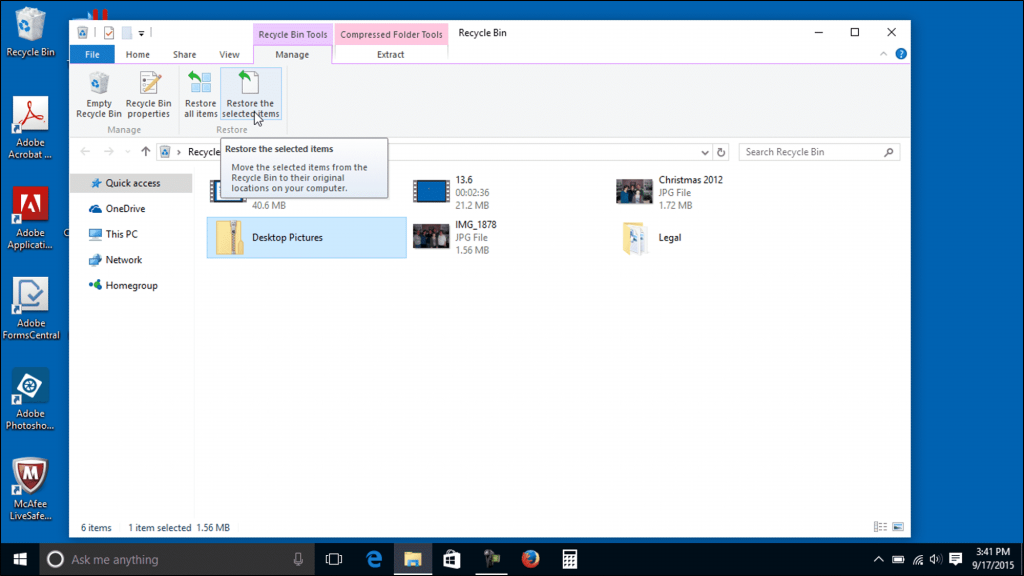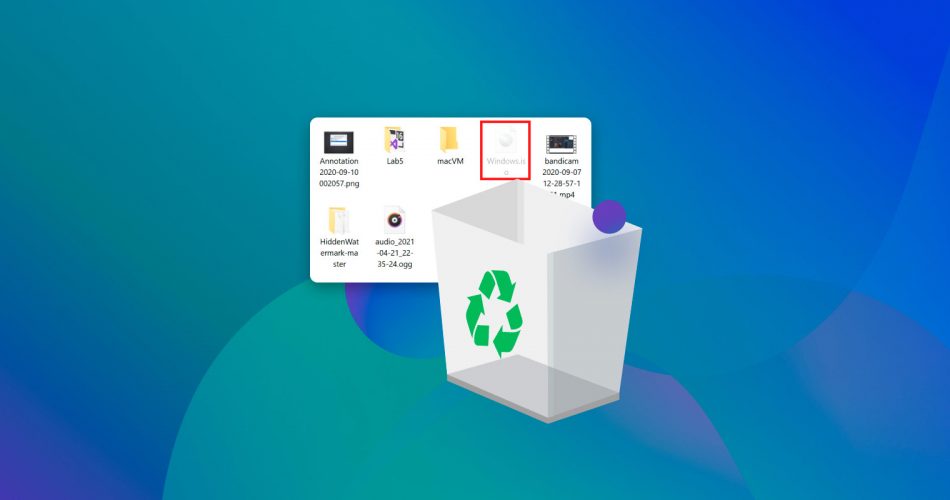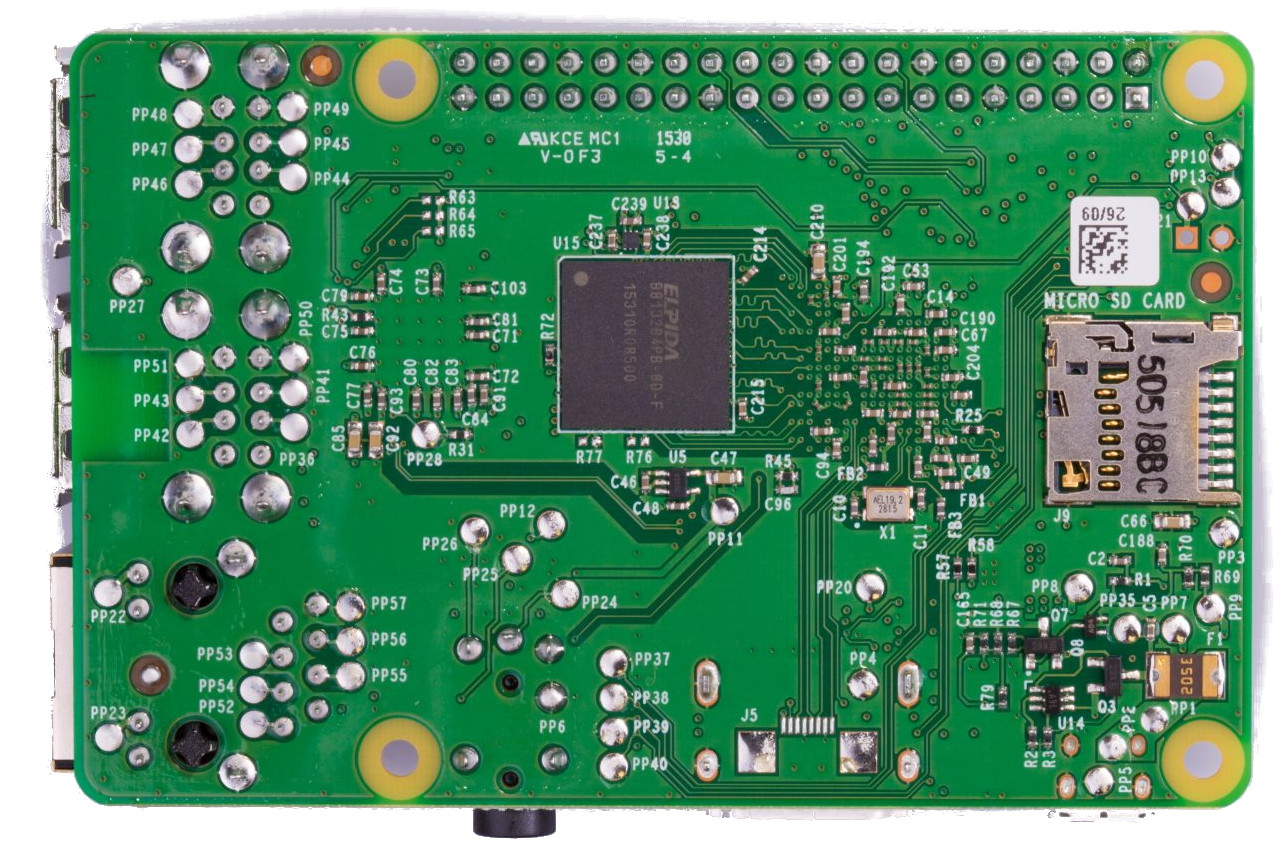

- #Recover deleted files from trash raspberry pi install#
- #Recover deleted files from trash raspberry pi zip file#
- #Recover deleted files from trash raspberry pi windows 10#
- #Recover deleted files from trash raspberry pi mac#
#Recover deleted files from trash raspberry pi windows 10#
Here, you can specify how often you want Windows 10 to delete Recycle Bin files automatically on your PC.

Just run photorecas the root user in a terminal, and you will see a nice ncurses-based UI as shown in Figure 2.

If you don’t want to mess with the command-line, this is the best utility for you.

It’s installed by the testdisk utility package. This is the fastest utility of the three. You can also specify an output directory with -o. The (required) option -i is the base device/directory for the search. Multiple file types are comma-separated, like -t jpg, pdf. The -t (“type”) option can be given as -t all to search for all file types. For example, to search for a deleted JPEG file, use: sudo foremost -t jpg -i /dev/sda1
#Recover deleted files from trash raspberry pi install#
Install in Ubuntu and its derivatives with the following command: sudo apt-get install foremost The headers and footers can be specified by a configuration file, or you can use command-line switches to specify built-in file types. Foremost can work on disk or partition image files, such as those generated by dd, Safeback, Encase, etc, or directly on a drive. This process is commonly referred to as data carving. Foremostįoremost is a console program to recover files based on their headers, footers, and internal data structures. The output directory, in which you want to store recovered files, should be empty before running Scalpel otherwise, you will get an error. Next, in a terminal, run: sudo scalpel -o
#Recover deleted files from trash raspberry pi zip file#
zip file section in nf, as shown in Figure 1. For example, if I want to recover a deleted zip file, I will uncomment the. You will find that everything has been commented out - uncomment the specific file format that you want to recover. Next is some text editing - the configuration file is /etc/scalpel/nf. Install it in Ubuntu with sudo apt-get install scalpel.
#Recover deleted files from trash raspberry pi mac#
This is a filesystem-independent recovery tool for Linux and Mac OS, which you can also run on Windows by compiling it with MinGW. I am using the Ubuntu 10.04 32-bit desktop edition, and the information here is specific to that distro. Thus, you should ideally shut down the system, and do the recovery process by booting from a Live CD/USB, and then searching the partition that contained the files (e.g., /dev/sda1). It is always recommended that you unmount a device immediately after you realise you’ve deleted important files, to prevent the data blocks of those files from being overwritten with other data. (For more information, refer to the Wikipedia article on inode.) Deleting a file by its name only removes the reference to the inode of the file, and not the inode itself. However, when you delete a file (accidentally or intentionally), its contents are not removed from your hard disk the blocks that the file occupied on the storage device (like a hard disk) still contain the data, until the blocks are overwritten with new data. You must be wondering how we could recover a deleted file, because the very word “delete” implies “permanently gone”. I had this very problem some time ago, and found some utilities that helped me recover the so-called “permanently deleted” files so thought of sharing this useful discovery. Have you accidentally deleted an important file because you have the habit of using Shift+Del instead of only Del? Well, don’t panic.


 0 kommentar(er)
0 kommentar(er)
